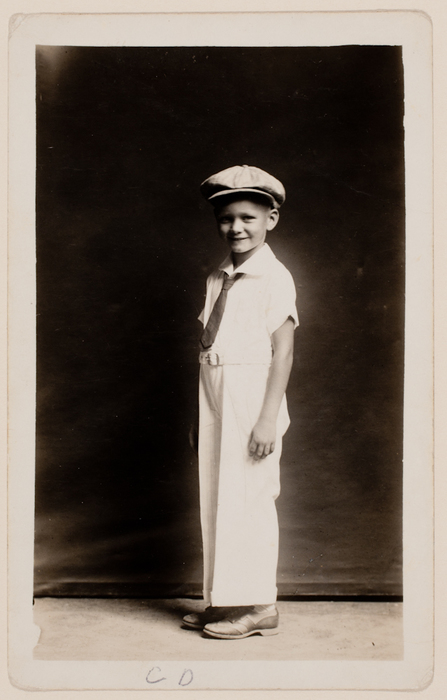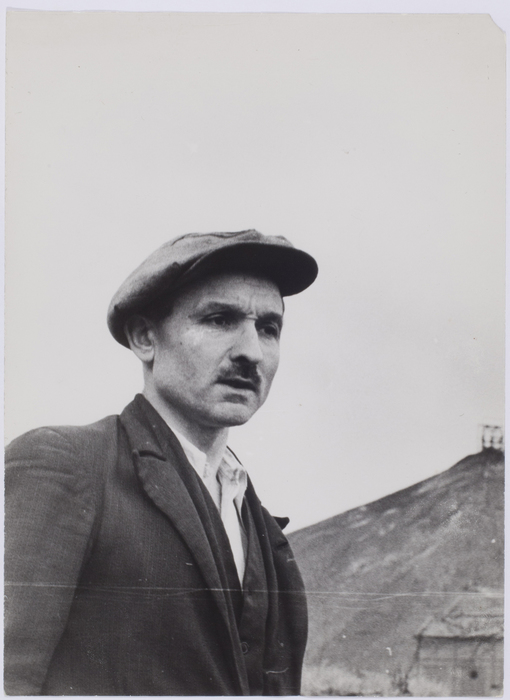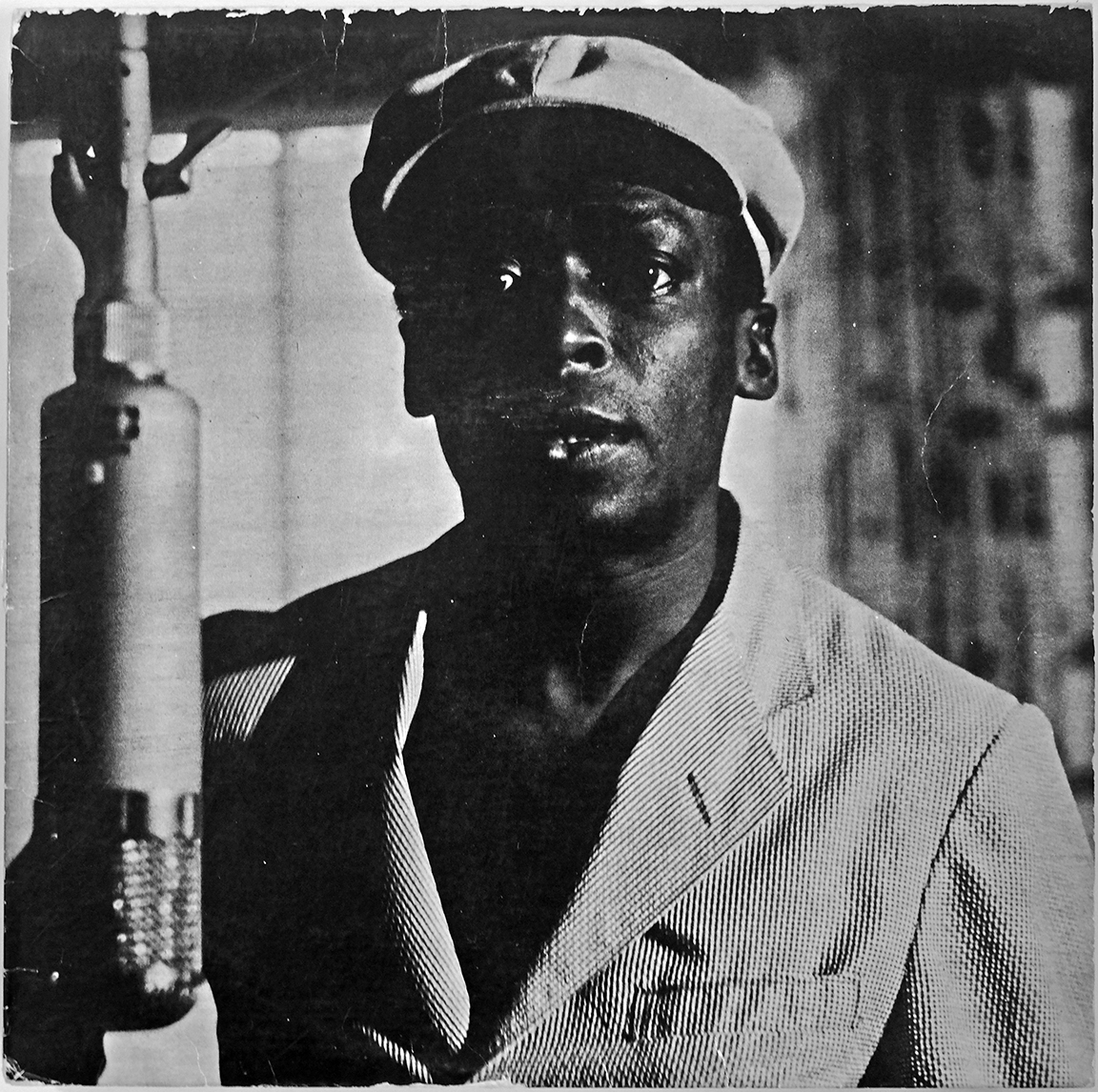
The seventh issue of Vestoj, ‘On Masculinities,’ is in stores this month. In conjunction, Vestoj Online is publishing a series of articles on the same theme.
IN 1977 I BOUGHT my first flat cloth cap – in navy cotton twill with leather detailing on each of the crown sections and a striped lining. It was a souvenir from a family trip to Jamaica, bought from a Rastafarian man selling his own designs at a stall in Kingston. At the time I saw the purchase as a defiant act: the feat of a post-colonial religious activist. Rastafari religion emerged in Jamaica in the early 1930s and gave allegiance to the Emperor Haile Selassie I, formerly Ras Tafari. His followers advocated ‘Africa for the Africans.’ In Jamaica during the 1970s, Rastas, as they are also known, were seen by conservative sections of Jamaica as being on the margins of society – hence my defiant act. Internationally Rastafari was gaining ground as a religious, musical and style force, notably in Britain. Back home my cap was admired by Rastas and non-Rastas of Jamaican heritage who longed for authentic objects from ‘back home.’ I wore it extensively until the 1980s – so much so that the seam of the cap’s peak wore away into a frayed edge.
The flat cloth cap emerged in the complex landscape of Victorian society, representing a form of revolution. As an accessory worn by all classes, the cloth cap became an axis around which each of the classes revolved. The middle-class man’s adoption of the cap, for example, mirrored his place in the gradual evolution of industralisation and social strata. In tandem, its espousal by a large number of working class men helped to establish their identity within the new mechanised society and to assert their existence and class against the domination of the middle- and upper classes. The basic design of the cap and its usage as part of ‘civilian dress,’ i.e. casualwear, makes it one of the few nineteenth-century fashion garments to retain its original values.

The term ‘flat cloth cap’ does not refer to a specific design, rather it is a vinculum – a generic term which refers to the basic form of a soft flat fabric crown with a stiffened peak. The cap has a diversity of designs and associated names – ‘golf,’ ‘bicycle,’ ‘The Handicap’, ‘Baker Boy’ and ‘Newsboy’ cap being but a few – nomenclatures given to the accessory to identify it with its represented activity, though for many it’s just a ‘cloth cap.’ The segmented flat cloth cap was developed in Britain in the mid-nineteenth century for the upper classes as sportswear, notably golf and its associated leisurewear. London and Manchester were the two main areas of cap and cloth cap manufacture at the time, but the cap proved so popular that consumers were encouraged to get their own made, and in 1895 a pattern for the ‘New Golf or Bicycle Cap’ featured in the menswear magazine Tailor and Cutter, produced for the first time by the journal in response to a reader’s request for such a pattern ‘so that any tailor who makes a suit for golfing or bicycling can make the cap to go with it of the same material as the suit.’1

The use of the flat cloth cap quickly spread to the middle- and working class for leisure and work wear to the point where it became a ubiquitous feature of everyday life. Within the working class the cap represented genres of work, respectability, subcultures and politics. The historian Eric Hobsbawm noted that it was ‘the badge of class membership of the British proletarian when not at work.’2 There is extensive photographic evidence that the flat cloth cap was used by working class men to define both their work and leisure time, while the politics connection was partly due to it being worn by the Scottish Labour Member of Parliament Keir Hardie on his initial entry into British parliament in 1892, making the cap a symbol of the Socialist Labour Party. It was a conscious political stance as the cap went against the dress code conventions of the Top Hat customarily worn within the Houses of Parliament. During this period, Britain was also instrumental in exporting the style to different parts of the world, with an especially healthy trade to British colonies like Australia, New Zealand and Trinidad as well as the United States, where the cap became popular thanks to English and Irish immigrants.3
In the twentieth century the flat cloth cap continued to have various social and cultural meanings. During the 1930s, for example, it simultaneously represented the economic struggles that marked the Great Depression, worn as it was by both criminals, as in Brassai’s famous 1930s night portrait of ‘Albert’s Gang,’ and royalty like Edward, the Prince of Wales. In more recent times, the flat cloth cap has been worn by a catalogue of pop cultural icons from The Beatles to Rihanna to David Bowie, and its popularity has been rebooted even more recently due to the success of the current BBC drama ‘Peaky Blinders,’ which apparently has ‘sparked an eighty-three percent rise in sales of flat caps.’4
In 1990 anthropologist David D. Gilmore summarised masculinity in a way that remains worryingly true: ‘male gender identity [is] a problematic, a puzzle, an unresolved cryptogram.’5 And if masculinity is a cryptogram, then the ‘components of dress,’6 as a system to assess the possible definitions and meanings of masculinity, is just one cipher of the cryptogram that is, as cultural studies scholar Jonathan Rutherford says, ‘doing and being a man,’7 for masculinity is a ‘cultural construct, open to change’ and thereby a ‘practice.’8
The flat cloth cap is one cipher in the cryptogram that is masculinity.

Carol Tulloch is a professor of dress, diaspora and transnationalism at Camberwell, Chelsea and Wimbledon Colleges of Art.
All images courtesy of the International Center of Photography (www.icp.org) unless otherwise noted.
New Golf or Bicycle Cap’ in Tailor and Cutter, 28 November 1895, p. 481 ↩
E Hobsbawm, ‘Mass-Producing Traditions: Europe, 1870-1914 (263-307) in E Hobsbawm and T Ranger The Invention of Tradition, Cambridge University Press, Cambridge, New York, Melbourne, 1983. p.287 ↩
N Braithwaite, ‘Flat Cap’ (pp. 123-124) in A Lynch and M D. Strauss, (eds.) Ethnic Dress in the United States: A Cultural Encyclopedia, Rowman & Littlefield, Lanham, Boulder, New York, London, 2015, p.123 ↩
A Starkey http://metro.co.uk/2016/05/30/peaky-blinders-has-sparked-an-83-rise-in-sales-of-flat-caps-5912641/. 30 May 2016. First accessed 28th July 2016 ↩
D D. Gilmore, Manhood in the Making: Cultural Concepts of Masculinity, Yale University Press, New Haven, London,1990, pp.5-6 ↩
J Ash and L Wright, Components of Dress: Design, Manufacturing, and image-making in the fashion industry, Comedia/Routledge, London, New York, 1988 ↩
J Rutherford, ‘Preface’ in Bethan Benwell Masculinity and Men’s Lifestyle Magazines, Blackwell Publishing Ltd, Oxford, Malden, 2003, p.1 ↩
Ibid p.1-5 ↩